- Walking the old city walls of Dubrovnik, Croatia, for unforgettable views overlooking the medieval heart of the city and the Adriatic Sea beyond.
- Enjoying the palaces, art works, and other splendors of St. Petersburg, Russia, at the end of a river cruise starting in Moscow.
- Gazing at the extravagant show performed by the centuries-old astronomical clock in Old Town square in Prague, Czech Republic.
- Relaxing in the variety of thermal baths in Budapest, Hungary, considered the hottest and most rejuvenating in all of Eastern Europe.
- Sailing down the Danube on a river cruise and encountering the Iron Gate cliffs of Romania, one of Europe’s most dramatic natural wonders.
- Wandering the backstreets of Old Town Krakow, Poland, a fount of striking medieval architecture.
- Discovering one of Europe’s most enchanting medieval cities, Tallinn, the capital of Estonia.
- Touring the backcountry of Albania, once one of the most-isolated nations on earth despite its location on the Adriatic coast.
- Marveling at the scenery in little Montenegro, another gem on the Adriatic Sea.

Best Things to Do in Eastern Europe
Icons & Hidden Gem Travel ExperiencesTop Eastern Europe Experiences
Unlock Community Benefits
Travel better together
- Save favorite trips and itineraries
- Get insider insights
- Receive personalized recommendations
- ... and much more
Things to do in Eastern Europe - Expert's guide
1) Bran Castle
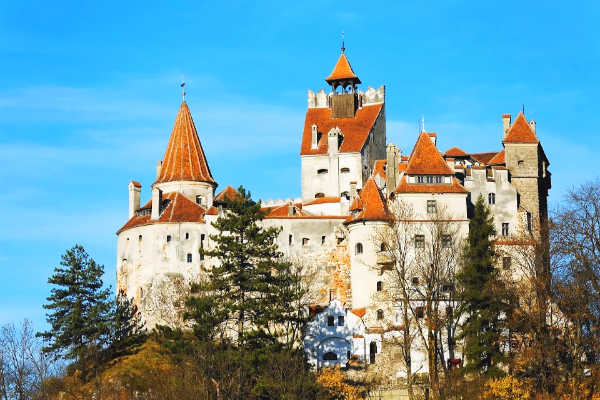
Perched on a peak in the Carpathian Mountains, Bran Castle is the perfect place to witness history and legend collide in the heart of Romania. The castle dates back to 1388 when it was constructed by the Saxons of Transylvania, and is best known for inspiring Bram Stoker’s description of Count Dracula’s castle.
Located just a couple hours drive north of Bucharest and open every day of the year, you can visit it on a day trip or take advantage of local accommodations for a longer stay. During your visit, search for the secret underground passageways and climb up narrow staircases to discover collections of 14th century armor.
2) Hungarian Parliament Building
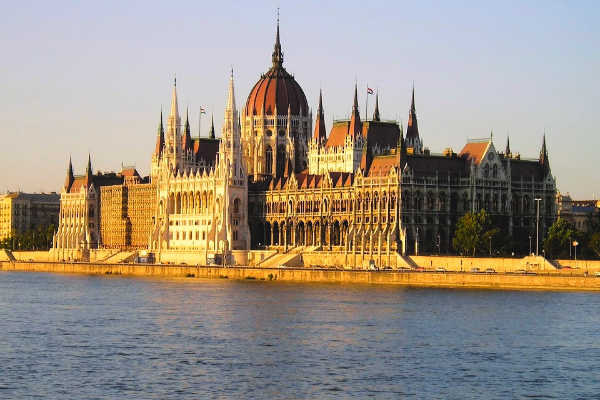
The tallest building in Budapest and the largest building in Hungary is a can’t miss for architecture fans. Built in the impressive Gothic Revival style over a span of seventeen years (1885–1902), the Hungarian Parliament Building houses the legislature, the Hungarian Holy Crown, and the offices of the Prime Minister.
Before visiting, take a moment from across the Danube to observe the building’s perfect symmetry which symbolizes the equality between Hungary’s two houses of parliament. Be sure to book tickets for your tour in advance as lines are often long and a limited number of tickets are available.
3) Plitvice Lakes National Park
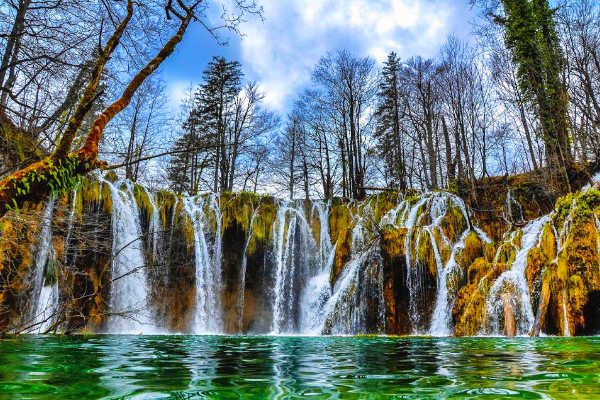
Sixteen pristine lakes and an expansive forested area filled with incredible biodiversity form Croatia’s oldest and largest national park. The park boasts bogs, waterfalls, grasslands, and underground areas. It will take at least six hours to see the whole park on foot, but if you’re short on time you can take advantage of the park’s buses and boats to hop from lake to lake.
Thousands of lucky visitors visit the Plitvice Lakes daily, so make sure to plan your route ahead of time to make the most of your visit. Before you go, don’t forget to check for possible lake closures, and to pack a picnic for some mid-hike fuel.
4) Royal Castle of Warsaw
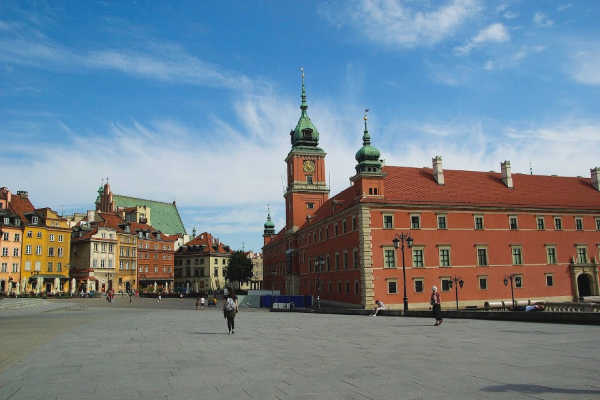
The original Royal Castle, which served as the residence of Polish kings and the president, was unfortunately reduced to rubble during World War II. The remake that stands today was largely funded by Polish citizens and is a remarkable testament to the Polish value of preserving cultural heritage.
The Castle is full of unique rooms. Travel back in time in the Canaletto Room where paintings of of 18th century Warsaw hang on the walls. Bask in the gold and red details of the Throne Room and admire the Roman marble fireplaces. Contact the Castle in advance to arrange a guided tour, or rent an audio guide so you don’t miss any historical details.
5) St. Vitus Cathedral
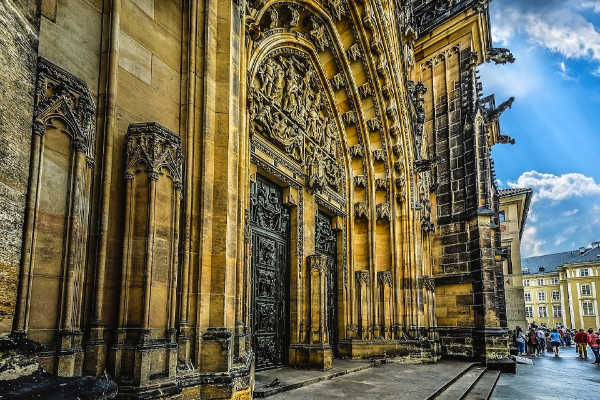
St. Vitus Cathedral took over 600 years to complete. Believe it or not, the last parts weren’t finished until the 1950s! It now stands as an important religious center of the Czech Republic. The key to discovering the Cathedral is to keep your eye out for details.
Look out for detailed depictions of martyrs carved into wooden panels and try to find the small locked door that hides the staircase leading to the crown jewels. Admission to the Cathedral is included in most tickets to the Prague Castle Complex which includes a number of other cathedrals and palaces.
6) Transnistria
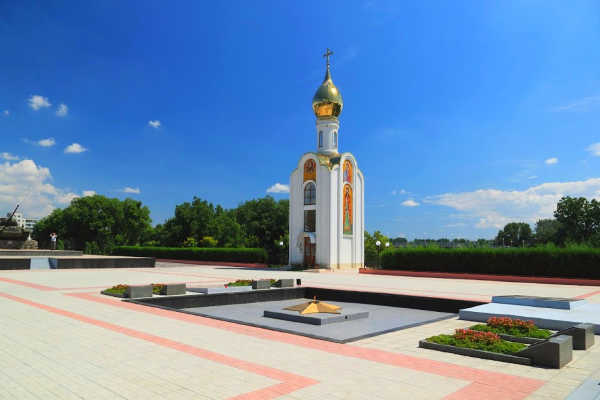
No visit to Moldova would be complete without a stop in the unrecognized semiautonomous state of Transnistria. Transnistria appears to be an independent nation with its own currency, government, and army, but it isn’t officially recognized by the United Nations. The state sits between Moldova and Ukraine and is populated by Russian loyalists.
Entering Transnistria is no problem as long as you have travel documents to visit Moldova. While there, visit the 600 year old Bendery Fortress for the best vantage point of the region. Next, you can transport yourself to pre-soviet times at the Orthodox Monastery in Kitskany that houses four churches of active monks.
7) Albanian Riviera
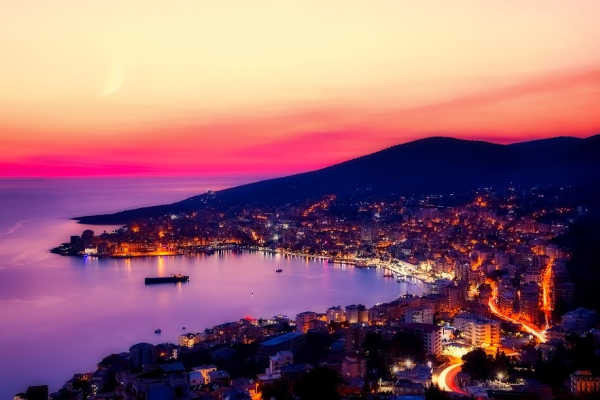
The Albanian Riviera is a hidden gem of Eastern Europe. The Riviera offers 300 days of sun per year and many picturesque beaches. In order to get the most out of your experience, you should rent a car to easily hop from beach to beach. This way you can also stop to explore hidden coves you spot on your drive! After a day at the beach, head into the lush mountains to explore traditional villages and sample local fresh seafood.
8) Turaida Museum Reserve
Turaida translates to “God’s Garden” in ancient Livonian which aptly describes the atmosphere of the Turaida Museum Reserve. The focal point is a 13th century castle resting atop a grassy hill which offers a stunning view of the Gauja River valley below. You can also learn about Latvian folk culture by walking through the Folk Song Garden and climbing Folk Song Hill.
9) St. Basil’s Cathedral

St. Basil’s Cathedral is a universal icon of Moscow located on the Red Square. Legends surrounding the construction of the cathedral abound, but the ornate beauty of it is undeniable. Each exterior dome is designed in a different fashion, and the interior boasts nine chapels and a belfry. You can easily make a day of your visit by exploring the nearby Kremlin and Lenin’s mausoleum as well.
10) Kiev-Pechersk Lavra
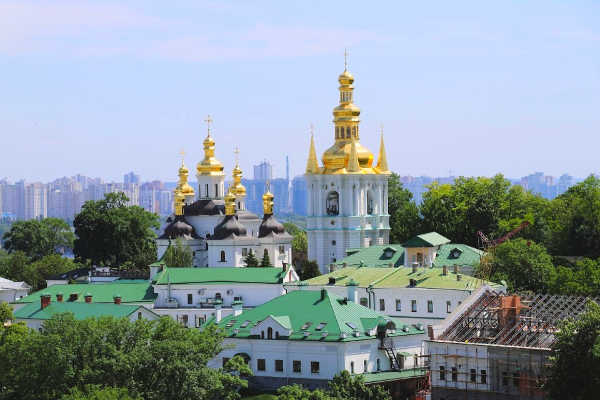
The Kiev-Pechersk Lavra is an 11th century orthodox monastery located in the center of Kiev. The catacombs of the lower Lavra were excavated by monks and now display mummified monks in glass coffins and religious items. At the upper Lavra, you can find a number of churches and cathedrals, as well as the very unique Museum of Microminiatures. The museum contains a large collection of miniature figurines that must be viewed through telescopes.
Want a tailor-made trip instead?
Your trip, your way, planned by an expert:
- You choose budget, destinations, activities, transport & lodging type
- Expert designs the itinerary for you, and once approved, takes care of logistics
Zachary
Sep 2024
Amazing trip
Last review doesn’t know what they’re talking about. Myself and my friends had an AMAZING trip on the Moja Maja, G** our tour guide was incredible and so so fun to b...
Erik
Jul 2024
Best of the East was great
Fantastic adventure! I did this trip alone and it was wonderful, I recommended for anyone travelling alone or with friends/adult family! You will meet a lot of great...
Allayne
Oct 2019
Amazing places
Travelling in a small group helps you to avoid the feeling of being one of a crowd. My trip was well organised and Henryk our amazing guide took the day to day worri...
Jill
Oct 2019
Great cultural experience.
Fantastic trip through a little known region. Safe, incredibl...
Practicalities & Logistics











